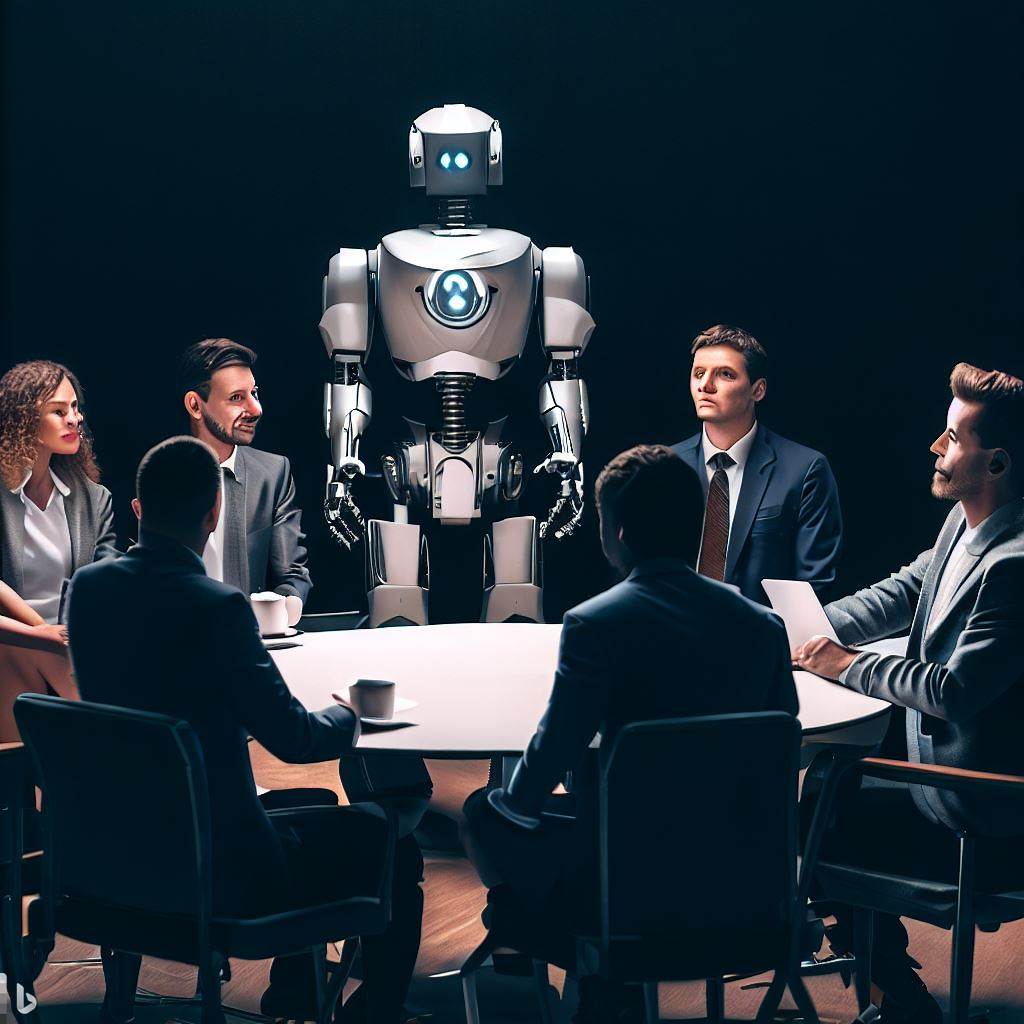What is Artificial Intelligence (AI)?
Artificial intelligence (AI) is the theory and development of computer systems capable of performing tasks that normally require human intelligence, such as interpreting language, recognizing patterns from large amounts of data, and making decisions.
AI has a long history. Scroll through the timeline below to explore a selection of the key advances in AI. Click on the image in the top right hand corner to view fullscreen.
What is Generative AI (GenAI)?
Generative AI is a type of artificial intelligence that uses machine learning to generate new content by analyzing and processing vast amounts of data from diverse sources. Generative AI tools can generate text, images, video, sound, and code.
Different tools are trained on different datasets and wit h different training methods. The generated responses of these tools are probabilistic, which can result in errors in responses. Large language models (LLMs) specialize in analyzing and processing text and generating new text. Different LLMs have distinct datasets and employ unique training methods. GPT 3 and GPT 4 are examples of LLMs.
h different training methods. The generated responses of these tools are probabilistic, which can result in errors in responses. Large language models (LLMs) specialize in analyzing and processing text and generating new text. Different LLMs have distinct datasets and employ unique training methods. GPT 3 and GPT 4 are examples of LLMs.
While generative AI is not new, OpenAI’s launch of ChatGPT in November 2022 marked the fastest recorded adoption of a technology tool to date. Over the following months, the release of similar text-based generative AI tools from Microsoft’s Bing to Google’s Bard, in addition to improvements in tools have contributed to a perception of an explosion of AI.
These tools are designed to take user prompts and use them to generate a response it anticipates the user would like to see. The AI tool has no concept of fact or accuracy. It simply looks for patterns in training data then produces what it perceives to be the next most likely word or phrase. Giving the same prompt to the same generative AI tool does not always produce the same result. Each time a tool is prompted, it creates new output. This is even more apparent when you use the same prompt across multiple AI products.
The rapid proliferation of tools and advancements in technology prompted over 100 leaders in AI technology to write an open letter urging a pause on AI developments to allow for the development of security and safety features; and regulation and governance structures. Broader issues related to generative AI include privacy of personal data, risks of misinformation, existential risks, concerns about job dislocation or loss, environmental costs, labour exploitation, and copyright.
A useful glossary of AI terms can be found here and a great brief introductory video from the Wharton School is below:
Attributions
This page has been adapted from:
Generative Artificial Intelligence in Teaching and Learning Copyright © 2023 by Centre for Faculty Development and Teaching Innovation, Centennial College is licensed under a Creative Commons Attribution 4.0 International License
Generative Artificial Intelligence in Teaching and Learning at McMaster University Copyright © 2023 by Paul R MacPherson Institute for Leadership, Innovation and Excellence in Teaching is licensed under a Creative Commons Attribution 4.0 International License

